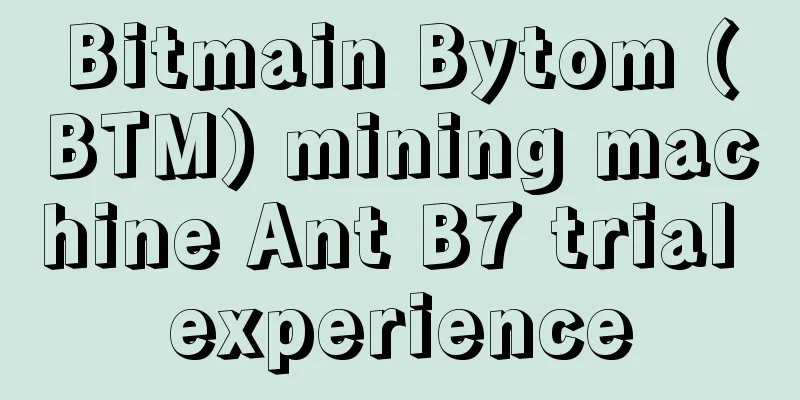Now, spending 1 BTC can launch a 51% attack on the BCH network for 1 hour

|
According to Decrypt on April 10, after the first halving of BCH (Bitcoin Cash), the cost of attacking its network for one hour now requires approximately $7,300 (or 1 Bitcoin). A 2013 Toyota Camry, 7,000 pounds of pasta, a 21-day cruise suite, 1,000 N95 masks. Now, the money to buy these things can be used to launch a 51% attack on the BCH network for more than an hour. This Bitcoin clone with large blocks underwent its first halving yesterday, and its inflation rate dropped from 6.25 to 3.125 BCH per block. Block rewards aren’t the only thing that’s falling. BCH’s hash rate has also continued to decline, continuing its previous downward trend. On February 14, 2020, the BCH network’s hash rate exceeded 5 exahashes, the highest level the network has produced since November 2019, when it reached as high as 7.8 exahashes just before a massive market sell-off pushed cryptocurrency prices down to early 2017 levels. Now, BCH’s hash rate is within 3.5 exahashes, down 30% from mid-February numbers and nearly 57% since November 2018. As a result, a one-hour 51% attack on the world’s fifth-largest cryptocurrency by market cap ($5.5 billion) would cost less than $7,500. This means that if a malicious actor wanted to control 51% of the BCH network's hashrate for one hour, they would spend about $7,329, or the cost of one bitcoin at today's price. For comparison, the current $133 billion bitcoin network has a hashrate of 110 exahashes per day, which would cost $500,000 per hour to attack. The subsequent “mining death spiral” triggered by BCH was no accident. Bitcoin analysts have long warned that BCH has tinkered with its monetary policy too much, making it difficult to maintain a stable mining economy. According to data platform LongHash, BCH introduced a mining difficulty adjustment mechanism, which accelerated the block time of its network. In other words, after BCH was launched in August 2017, the block time of the BCH network became so scattered and unpredictable that the currency base of BCH has exceeded the currency base of Bitcoin itself. This caused miners to abandon Bitcoin and switch to mining BCH, as mining BCH was temporarily more profitable (this is also the reason why the BCH price impacted the Bitcoin price in November 2017). During this period, the number of miners mining BCH increased. Now, we are seeing the exact opposite, with the number of BCH miners declining as the recent block reward halving has made it unprofitable for miners. The result: in the hours following BCH’s first halving, the network mined just one block. Even Roger Ver, one of the main supporters of Bitcoin and to some extent the founder of BCH, has been gradually reducing the BCH hashrate on his Bitcoin.com mining pool. Since the halving, Bitcoin.com's personal hashrate has dropped by more than 90%. This article is translated with permission from DecryptMedia.com. Link to this article: https://www.8btc.com/article/580642 |
>>: BSV production cuts, hash rate competition changes
Recommend
How to tell a woman's face from her philtrum
The philtrum is a small groove between the nose a...
Violent people's faces
If a person has a tendency to violence, his fortu...
Revealing the secrets of a wealthy man with a complete illustration
In fact, to know whether one is destined to be ri...
Is Bitcoin's security impenetrable? This group used 30 trillion keys to crack 30 wallets
For the past eight months, a group of crypto enth...
EUIPO: Bitcoin is one of the two major threats to anti-piracy efforts
The European Union Intellectual Property Office (...
Ethereum upgrade outlook: Will it overturn the high gas fee situation? A full analysis of the key points of the Dencun proposal
The Dencun upgrade is finally here. As Bitcoin br...
Swiss bank develops virtual currency using technology behind Bitcoin
Beijing time, September 8 morning news, Swiss Ban...
Bitcoin taxation is coming: 10,000 tax warning letters are on the way
If you ask people to evaluate which department in...
What Happened to Bitmain Yesterday (Series 3)
Wu Blockchain exclusively learned that on the eve...
The facial features of a late bloomer
Facial features 1. High and narrow nose bridge In...
How to tell your emotional intelligence from your palm
If you look at a person's emotional quotient ...
What does a mole under the chin mean?
There is a very obvious place on our body, that i...
How to tell marriage from palmistry
Many people want to know whether their marriage s...
If you see a villain, take a detour. What are the characteristics of a villain's face?
When people live in society, they are bound to as...
How to analyze the marriage line by palmistry
The marriage line refers to the horizontal line t...









